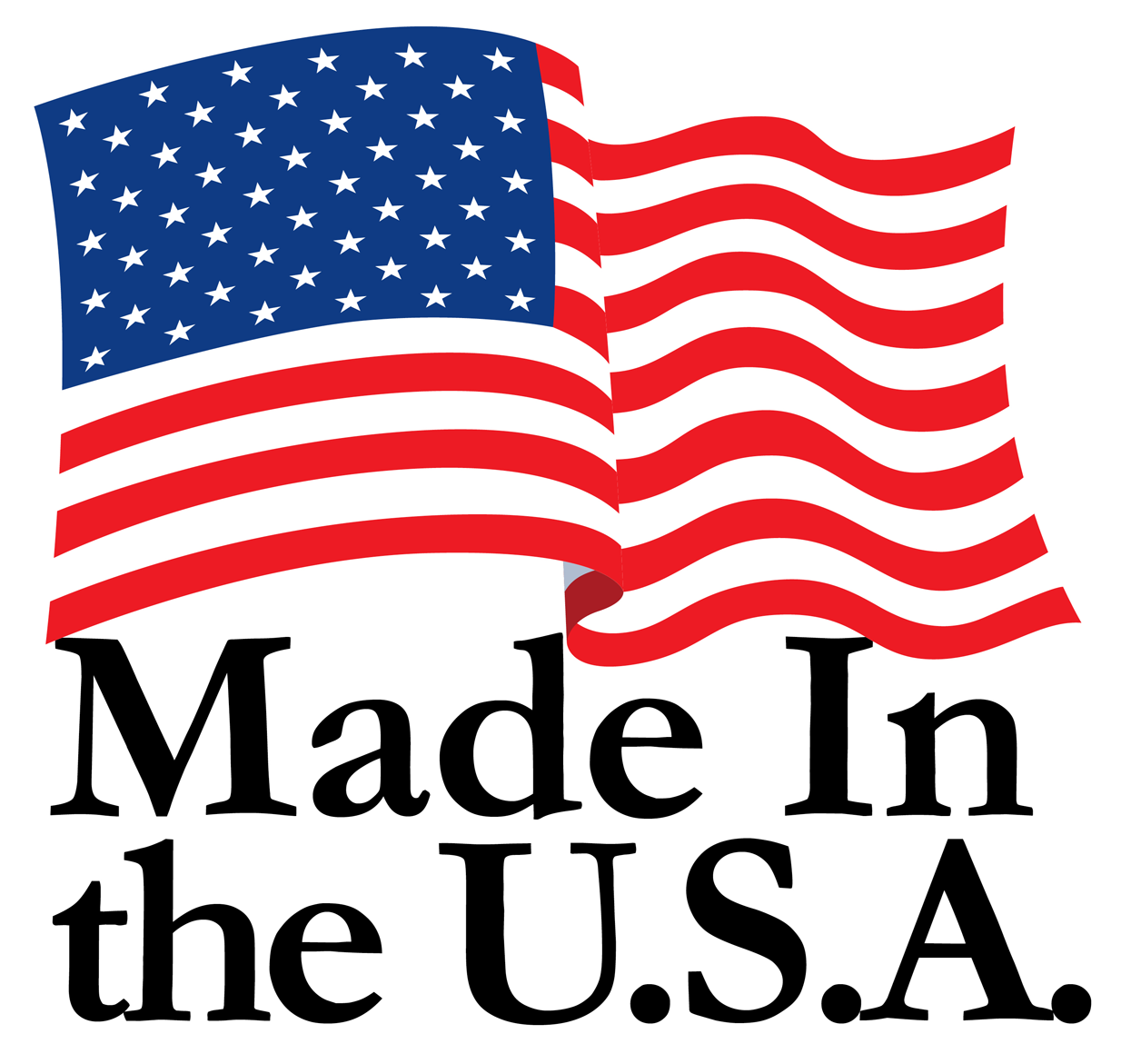Below is a table comparing AISI 1008, AISI 1010, AISI 1040, AISI 1045, AISI 1070, and AISI 1080 steels across Carbon Content, Strength, Ductility, Weldability, Applications, and Heat Treatment. The data is derived from standard metallurgical references and tailored to align with metal stamping contexts, such as those described on https://metalstampingatlas.com/processes.
This table reflects the steels’ suitability for metal stamping applications, emphasizing formability for low-carbon steels and strength for high-carbon steels.
This table reflects the steels’ suitability for metal stamping applications, emphasizing formability for low-carbon steels and strength for high-carbon steels.
|
Steel Type
|
Carbon Content
|
Strength
|
Ductility
|
Weldability
|
Applications
|
Heat Treatment
|
|
AISI 1008
|
0.10% max
|
Low (~340 MPa tensile)
|
High (~45% elongation)
|
Excellent (minimal cracking risk)
|
Automotive panels, enclosures, welded tubing
|
Limited (case-hardening, e.g., carburizing)
|
|
AISI 1010
|
0.08–0.13%
|
Low to Moderate (~365 MPa tensile)
|
High (~40% elongation)
|
Excellent (similar to 1008)
|
Sheet metal, fasteners, stamped brackets
|
Limited (case-hardening, not through-hardened)
|
|
AISI 1040
|
0.37–0.44%
|
Moderate (~620 MPa tensile)
|
Moderate (~25% elongation)
|
Good (preheating recommended)
|
Gears, shafts, structural components
|
Responds to quenching/tempering (~50 HRC)
|
|
AISI 1045
|
0.43–0.50%
|
Moderate to High (~655 MPa tensile)
|
Moderate (~20% elongation)
|
Fair (preheating/post-weld treatment needed)
|
Axles, bolts, machine parts
|
Good response to quenching/tempering (~55 HRC)
|
|
AISI 1070
|
0.65–0.75%
|
High (~800 MPa tensile)
|
Low (~10% elongation)
|
Poor (high cracking risk, requires special care)
|
Springs, cutting tools, high-strength wires
|
Excellent for hardening (~60 HRC)
|
|
AISI 1080
|
0.75–0.88%
|
Very High (~930 MPa tensile)
|
Low (~10–12% elongation)
|
Poor (preheating/post-weld treatment essential)
|
Knives, blades, agricultural tools
|
Excellent for hardening (~60+ HRC)
|
Notes:
- Carbon Content: Higher carbon increases strength but reduces ductility and weldability. AISI 1008 and 1010 are low-carbon steels, while 1070 and 1080 are high-carbon.
- Strength: Tensile strength increases with carbon content, especially after heat treatment. AISI 1070 and 1080 excel in high-strength applications.
- Ductility: Low-carbon steels (1008, 1010) are highly formable, ideal for stamping processes at Metal Stamping Atlas. Higher-carbon steels (1070, 1080) are brittle.
- Weldability: Decreases with carbon content due to increased risk of cracking. Low-carbon steels weld easily, while 1070 and 1080 require specialized techniques.
- Applications: Low-carbon steels suit stamping and forming (e.g., automotive panels), while medium (1040, 1045) and high-carbon (1070, 1080) steels are used for structural and high-wear parts.
- Heat Treatment: Low-carbon steels respond poorly to through-hardening but can be case-hardened. Medium and high-carbon steels achieve high hardness via quenching and tempering.
